The art world has always been a battleground between authenticity and deception, but the rise of Deepfake technology has introduced a new and formidable threat to the centuries-old practice of artwork authentication. What began as a tool for creating hyper-realistic video and audio manipulations has now infiltrated the realm of fine art, where forgers are leveraging artificial intelligence to produce near-perfect replicas of masterpieces. The implications are profound, shaking the foundations of art appraisal, museum curation, and private collections alike.
Unlike traditional forgeries, which rely on an artist's skill to mimic brushstrokes or aging techniques, Deepfake-generated art exploits neural networks to analyze and replicate every minute detail of a painting. These algorithms can study high-resolution scans of original works, learning not just the visual style but also the subtle textures, pigment distributions, and even microscopic cracks in the varnish. The result is a counterfeit that can fool both the human eye and many conventional authentication methods.
The technology's rapid advancement means even seasoned experts struggle to distinguish between genuine masterpieces and AI-generated replicas. Where art historians might previously have relied on inconsistencies in technique or materials to spot fakes, Deepfake forgeries reproduce these "flaws" with alarming accuracy. Some sophisticated algorithms now intentionally introduce artificial aging patterns or mimic the natural degradation of specific pigments over time.
This technological arms race has forced authentication laboratories to develop equally advanced detection methods. Multispectral imaging, once primarily used for art restoration, is now being deployed to analyze the molecular composition of paints at a depth impossible to replicate through digital means. Similarly, particle accelerators like those at the Louvre's Center for Research and Restoration are being used to perform non-invasive elemental analysis of artworks, creating chemical fingerprints that even the most advanced AI cannot yet fabricate.
The market implications are staggering. As confidence in authentication wavers, the entire art investment ecosystem faces disruption. Auction houses now require exponentially more rigorous provenance research, while insurance premiums for high-value artworks have skyrocketed. Some private collectors have begun demanding continuous monitoring of their pieces through embedded nanotechnology that can verify a work's integrity in real-time - an extreme measure that underscores the severity of the threat.
Perhaps most concerning is how these forgeries could distort art historical understanding. Museums frequently make acquisition decisions and plan exhibitions based on stylistic analysis and attribution. If undetected Deepfake works enter major collections, they could lead to incorrect scholarly conclusions about artistic development or influence. The potential for historical revisionism through fabricated artworks presents a challenge the field has never before encountered.
Legal systems worldwide are scrambling to adapt to this new reality. Copyright law struggles to address whether an AI-generated replica of a centuries-old painting constitutes infringement, while international art crime statutes haven't yet defined appropriate penalties for digital forgery methods. The lack of clear legal frameworks creates a gray area that some unscrupulous actors are already exploiting.
Despite these challenges, some in the art world see potential benefits in the technology. Responsible use of Deepfake algorithms could help reconstruct lost or damaged cultural heritage, allowing museums to display accurate reproductions of works destroyed by time or conflict. Educational applications might let students interact with perfect digital replicas of fragile masterpieces too delicate for handling. The line between ethical reproduction and fraudulent deception, however, remains dangerously thin.
As the technology continues evolving, the art market faces an existential question: in an age where perfect reproductions are possible, what ultimately gives an original artwork its value? The answer may determine whether the multi-billion dollar art industry can maintain its current structure or must fundamentally transform to survive this unprecedented challenge to its very concept of authenticity.
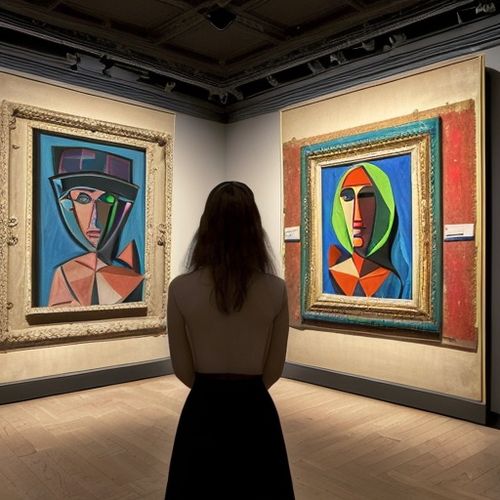
By James Moore/Apr 12, 2025
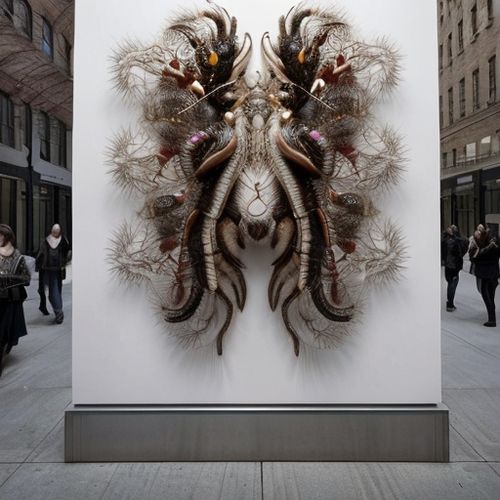
By Grace Cox/Apr 12, 2025
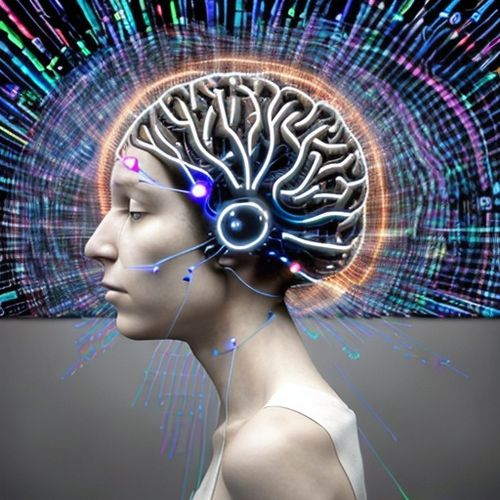
By Ryan Martin/Apr 12, 2025
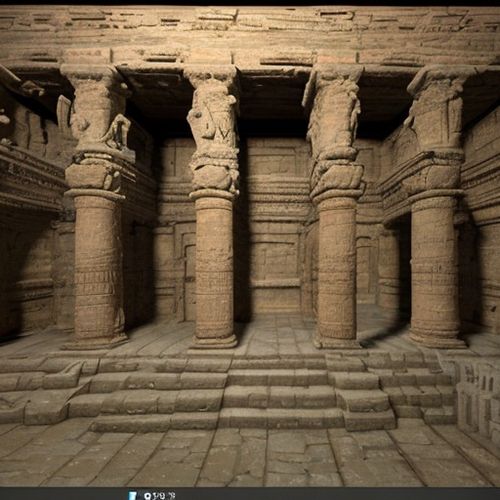
By Lily Simpson/Apr 12, 2025
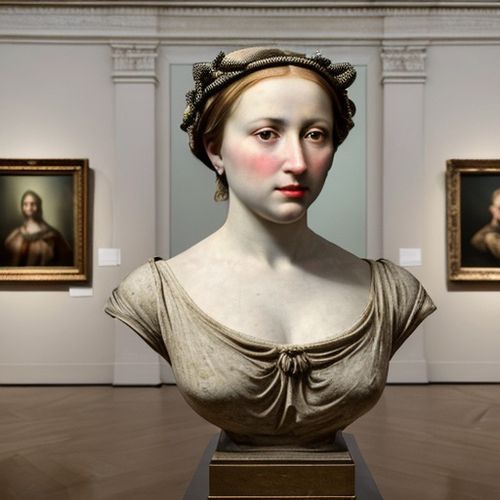
By William Miller/Apr 12, 2025
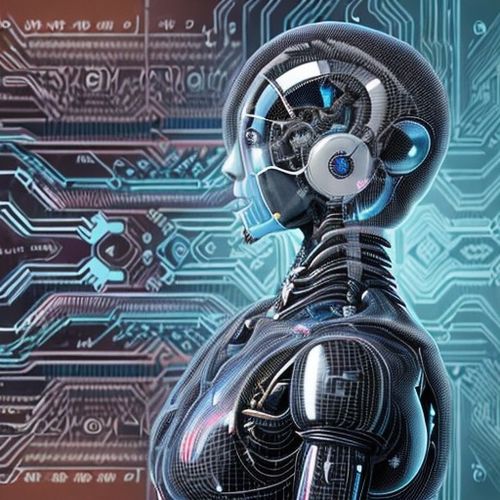
By Michael Brown/Apr 12, 2025

By Laura Wilson/Apr 12, 2025
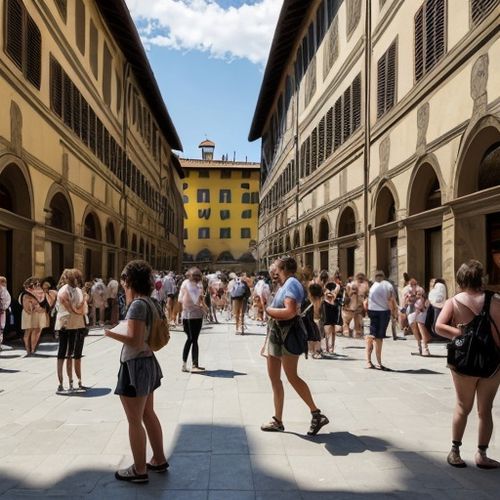
By Emma Thompson/Apr 12, 2025
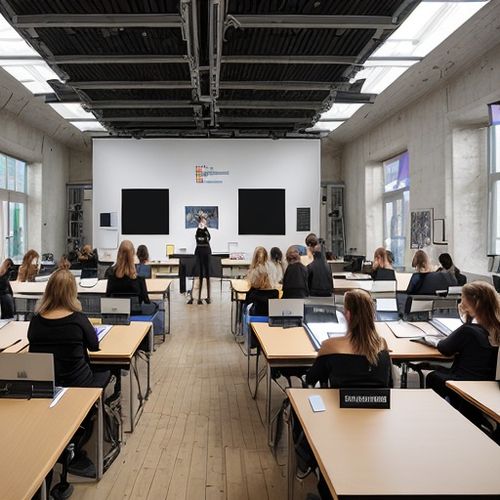
By James Moore/Apr 12, 2025

By Emma Thompson/Apr 12, 2025
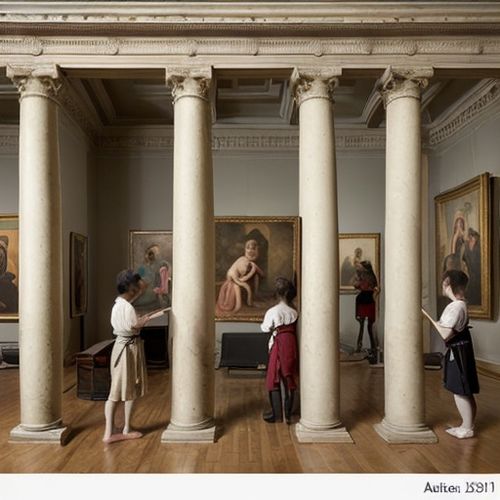
By Ryan Martin/Apr 12, 2025
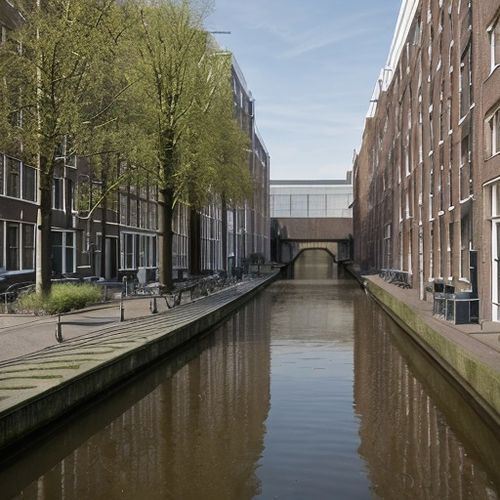
By Victoria Gonzalez/Apr 12, 2025
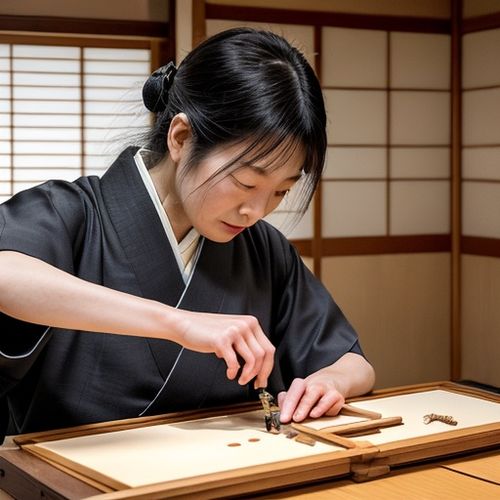
By William Miller/Apr 12, 2025
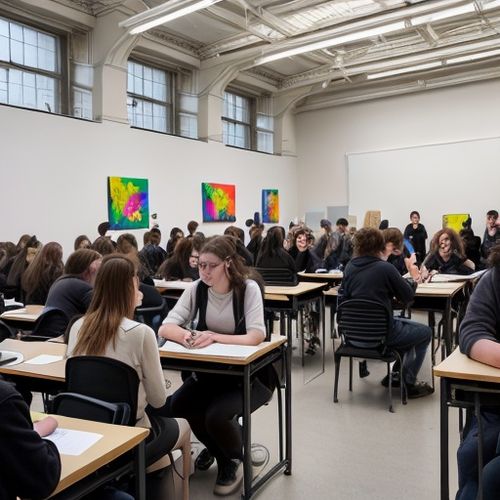
By Grace Cox/Apr 12, 2025
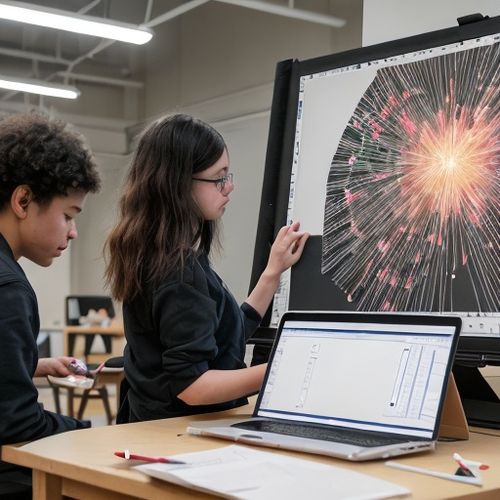
By Sophia Lewis/Apr 12, 2025
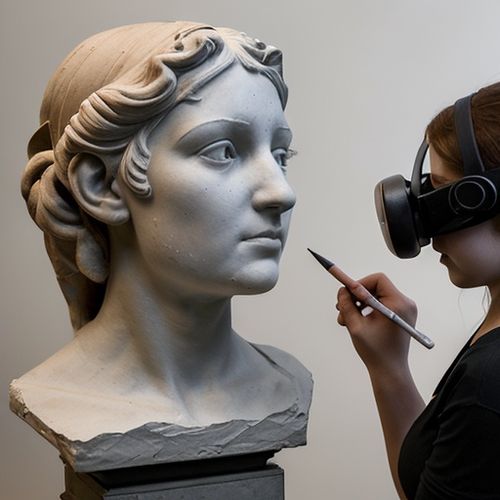
By Amanda Phillips/Apr 12, 2025
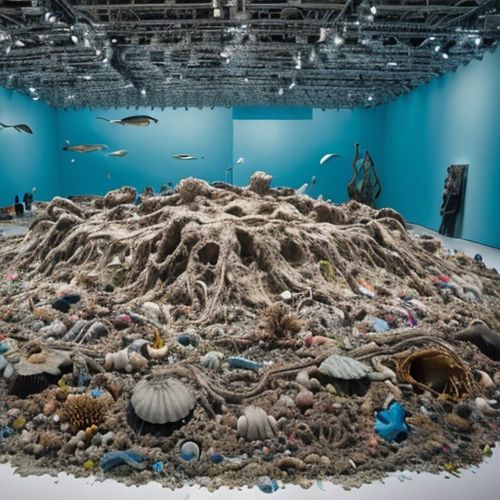
By William Miller/Apr 12, 2025
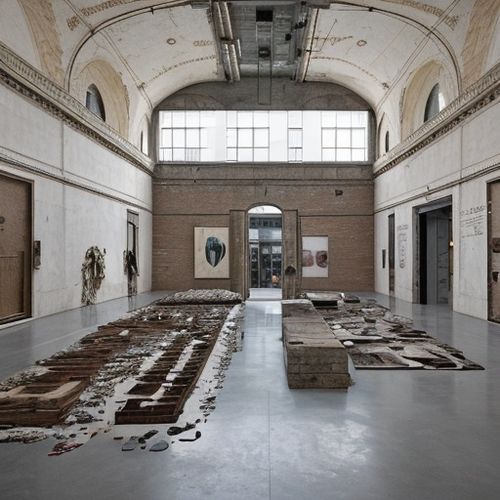
By Sarah Davis/Apr 12, 2025
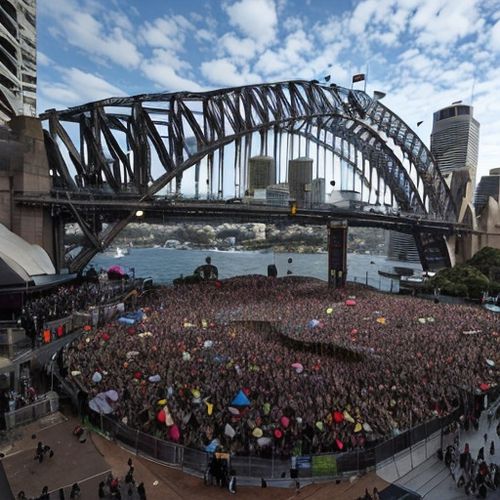
By Jessica Lee/Apr 12, 2025
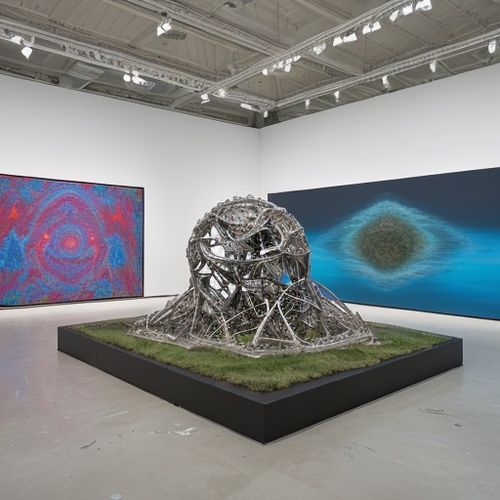
By Emma Thompson/Apr 12, 2025